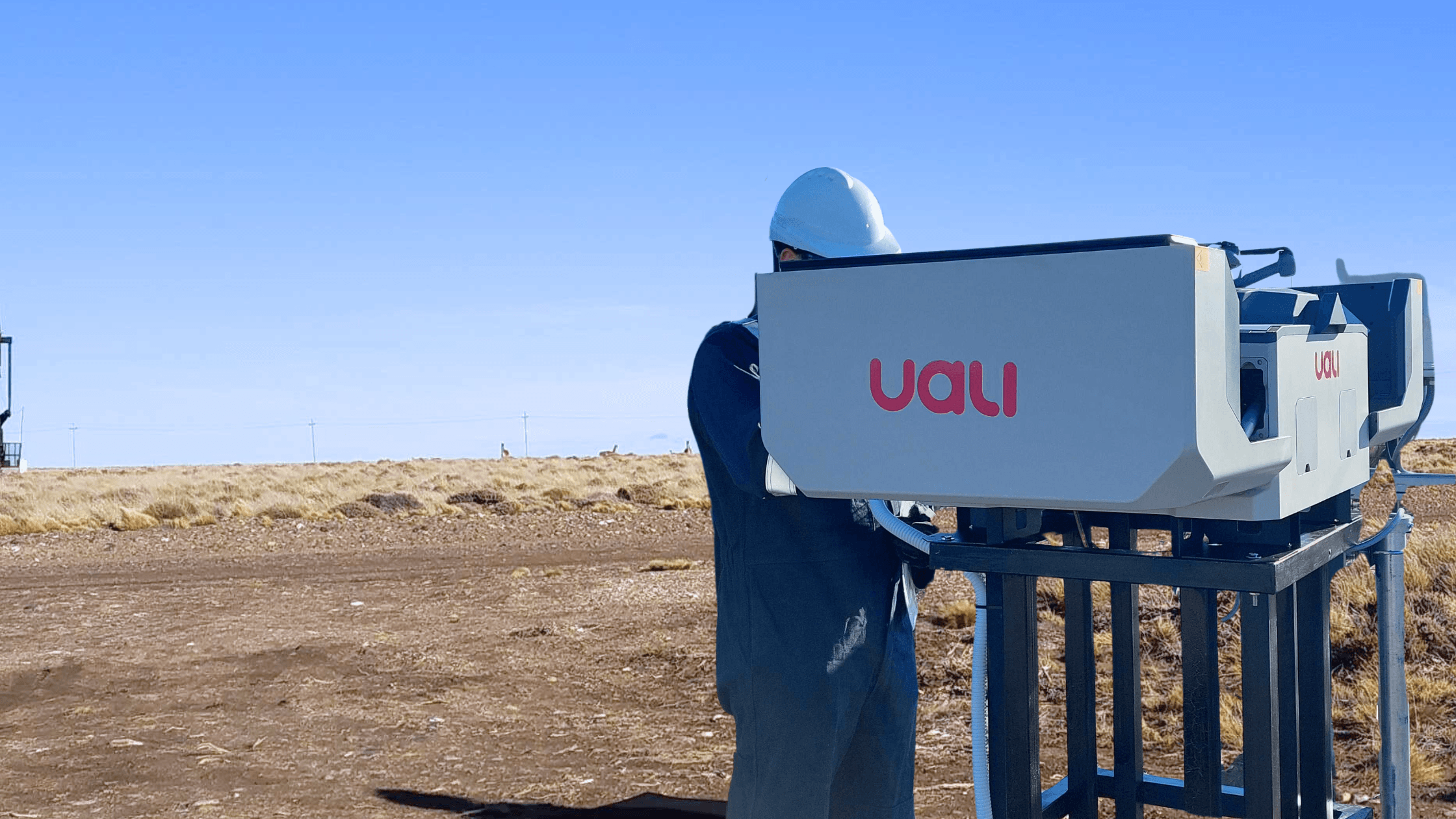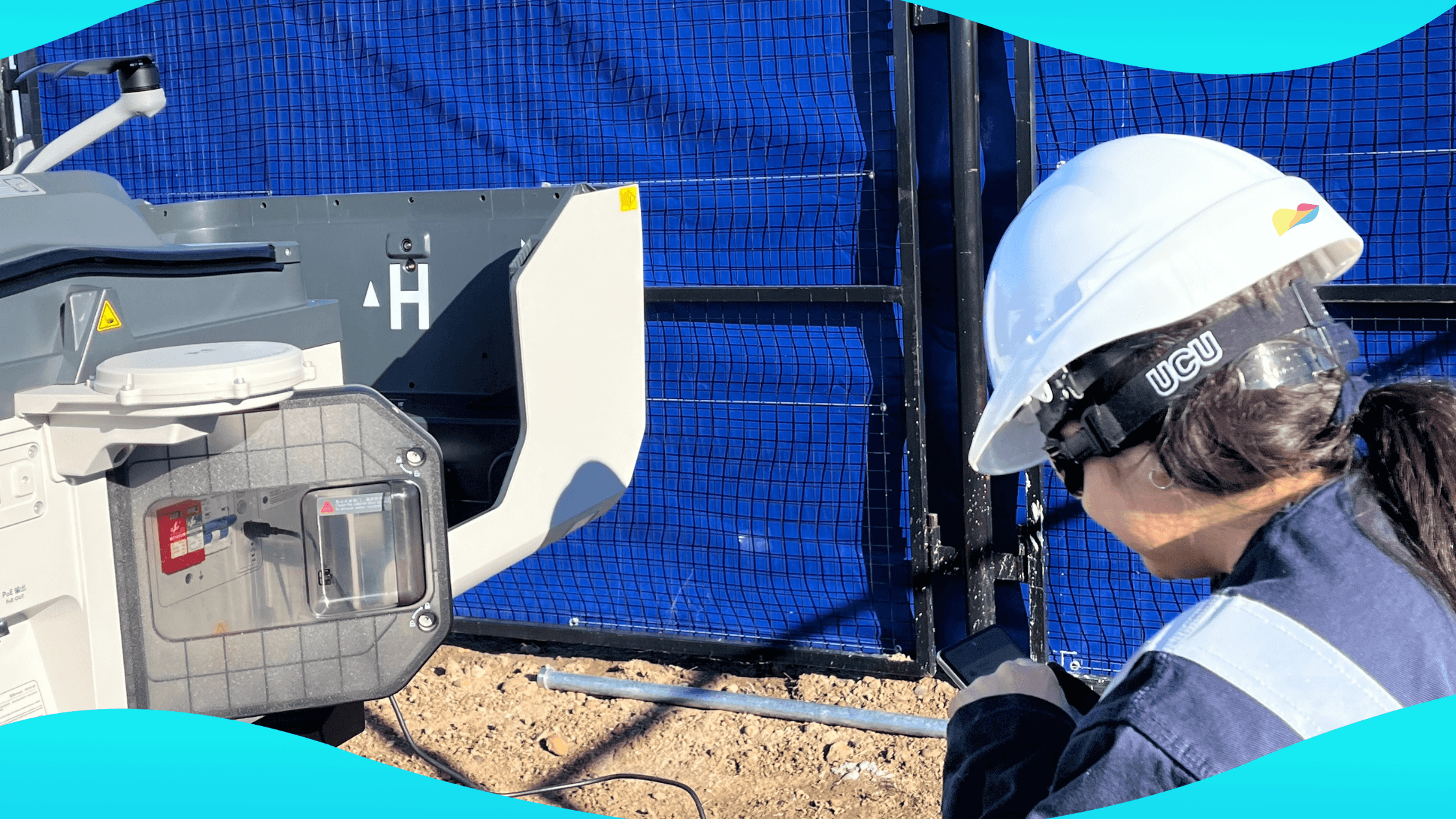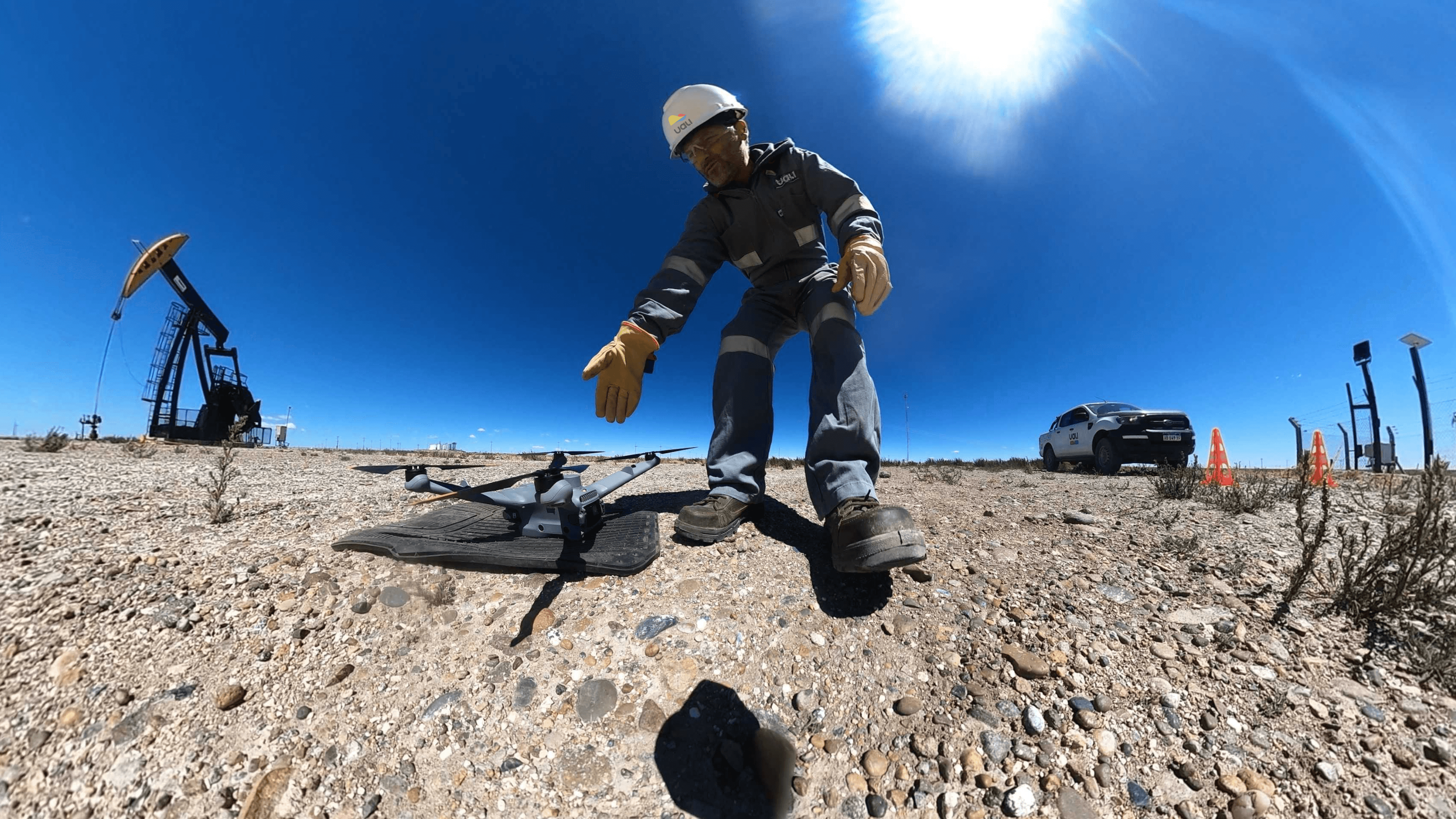News
Why do we talk about preventive maintenance?
In the energy industry, discussing preventive maintenance means addressing strategy, efficiency, and optimisation. This practice is key to understanding asset behaviour, extending asset lifespan, and reducing operational costs by preventing unexpected downtime in environments where availability and safety are critical.

Preventive maintenance: Acting before failure occurs.
Preventive maintenance involves scheduled and planned interventions to anticipate faults. Unlike reactive approaches, this methodology does not rely on waiting for something to break. Instead, it focuses on detecting early signals that indicate potential future anomalies.
These interventions are based on time intervals, usage cycles, historical data, and operational experience. The goal is simple: to prevent a failure from occurring or to minimise its consequences — optimising resources, time, and asset availability.
→ Interested in how we apply smart monitoring? Don’t miss: “Smart monitoring: from reaction to prevention”
Far from waiting for a problem to appear, this approach allows us to identify indicators such as:
- Premature wear.
- Accumulation of debris.
- Presence of foreign objects.
- Structural deformations.
- Out-of-range values in operating equipment.
- Early signs of corrosion or oxidation. If detected in time, these indicators allow action to be taken before they develop into critical faults.
What are the benefits of preventive maintenance?
- Prevents unplanned downtime and unexpected production halts.
- Enables advance planning of field operations, optimising intervention times.
- Reduces costs linked to major repairs or critical failures.
- Extends the lifetime of assets.
- Improves operational safety, protecting both personnel and infrastructure.
Through visual and thermal inspections, it is possible to detect signs such as dirt build-up, overheating, or microcracks. It is also possible to verify whether components are operating correctly, whether operating levels remain within the expected range, or whether there are initial signs of oxidation that may compromise structural integrity. Once processed by AI models, this information enables technical teams to precisely plan when to intervene, what tools to use, and which resources to deploy.
→ Want to know more about the different types of industrial maintenance? Discover them in this article.
How do we enhance preventive maintenance with technology?
At Uali, we strengthen preventive maintenance strategies through smart monitoring solutions. We use drones, IoT sensors, and artificial intelligence-based analytics models to gather and process relevant data about asset condition — even in remote or hard-to-access areas.
Thanks to this technology, it is possible to:
- Obtain a precise and up-to-date view of asset condition
- Perform frequent inspections without increasing risk or operational costs
- Make informed decisions based on accurate and timely data
At Uali, we combine drones with IoT and artificial intelligence to provide precise, actionable insights for the energy industry — improving decision-making processes and generating a positive environmental impact. Get to know us!
David Choi
Tech Lead


